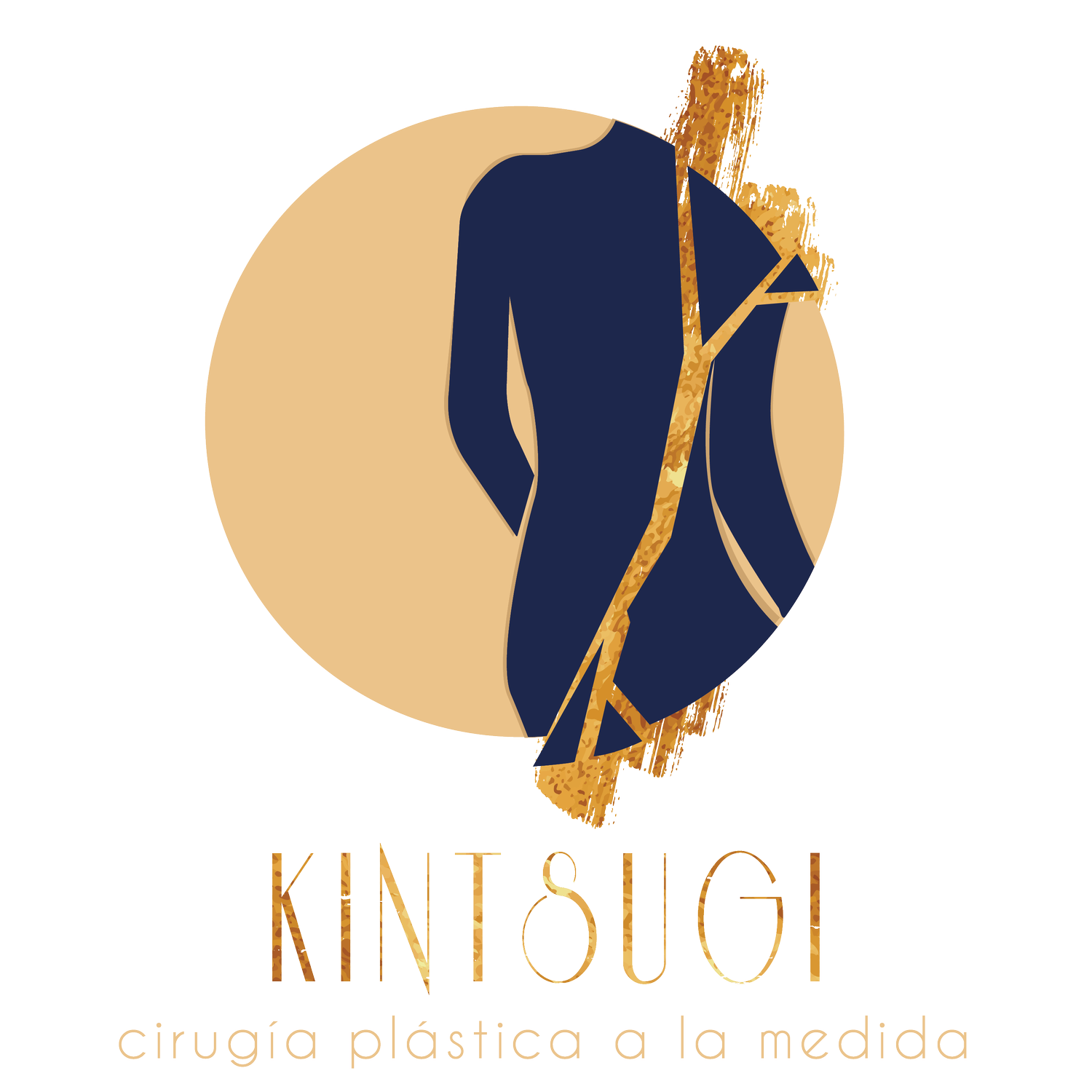Breast lift
Breasts are singular to femininity and their good bearing is a hallmark of beauty, attractiveness and vitality.
As we have mentioned in our blog about the cleavage design, the breasts are defined from the chest. They stand proudly erect on the chest, well defined from their surroundings. It is important to remember that breasts are more like siblings and not twins, there are always slight differences between them and in 81% of women these differences are noticeable.
When any of these characteristics is not fulfilled is when you can think about performing a breast lift or mastopexy (technical name).
We all know that breasts develop and change over the years. They gain in size and reach their final shape during adolescence. If the breast shape is not the aesthetically expected (called tuberous breast) a design of the cleavage can be done.
When there is a significant difference between the size of one breast compared to the other, the larger breast is lifted to make it as similar as possible to the smaller one. Once a greater symmetry has been achieved, a cleavage design with implants can then be performed to enhance the beauty of both breasts.
On the other hand, we also know that during pregnancy, the breasts adapt to be able to produce the breast milk necessary for the growth of the newborn. Sometimes, after pregnancies we can notice how the breasts remain larger than before and how they are no longer so defined from the thorax. This clear border between the abdomen and the breast is lost and we observe how the breast falls on the abdomen. If we manage to place a pencil under the breast it is a clear sign that it is no longer in its most aesthetic position and we lose this beauty, vitality and attractiveness characteristic of the breasts.
It can also happen that after pregnancy, or after a significant weight loss or after ageing, the breasts lose some volume, presenting a smaller size. This causes it to lose its characteristic of being erect and proud on the chest and gives an appearance of being rather deflated and shy. In these cases, a breast lift is performed to make the breasts stand proudly on the thorax again.
An important point about breast lift is that we canmaintain the current breast volume or we can reduce it. But we cannot increase the size of the breast. The breast lift corresponds to a readjustment or a rearrangement of the breasts, if we would like to increase the size of the breasts it will then be necessary to place an implant. Therefore the breast lift can be performed without implants or with implants..
In cases where a breast lift is performed, the rearrangement of the tissues may result in the loss of breastfeeding. A mother who breastfed during her previous pregnancy may decide to have a breast lift and find herself pregnant again and lose the ability to breastfeed. In someone who has never had a pregnancy, for example a young woman who has lost a lot of weight, or a young woman with a notable asymmetry; the situation is peculiar because we do not know if in fact she will be able to breastfeed regardless of surgery, since up to 25% of women will not be able to breastfeed if they become pregnant.
The procedure is performed under deep sedation controlled by an anesthesiologist. Return to daily activities is two to three weeks. The risks are uncommon and vary depending on whether a breast lift is performed with or without implants. The risks of a breast lift are irregularities in the contour of the breast, visible scarring, presence of seromas that correspond to a pocket of inflammatory fluid trapped inside the body that must be drained to avoid contour irregularities, alterations in sensitivity and loss of lactation. The most feared but rarely occurring risk is a partial or total loss of the areola and nipple. In a breast lift with implants, the risks are the same as those mentioned above, to which we additionally add those related to the implant. As we have mentioned, these can be capsular contracture which corresponds to an excessive internal scar surrounding the implant, which squeezes and deforms it and can also cause pain, risk of rupture of the implant or a risk of cancer associated with the implant (less than 1 in 80,000 people, a risk that is much lower than the general risk that a woman without implants has of having breast cancer).
It is an outpatient procedure, this means that you go home the same day of the surgery at the end of it. The pain is intermediate and usually resolves during the first week after surgery. From the first month physical activity is resumed with certain restrictions that are lifted a month and a half after surgery.
The price range starts at 4750 USD (it includes consultations before and after the procedure, the use of the operating room and supplies during the procedure, surgical and anesthetic team fees, as well as medications during recovery) and will be defined by the treatment plan suggested by your plastic, aesthetic and reconstructive surgeon. As we all know, not all dresses fit all bodies. At Kintsugi we do not look for generic results: we think like artists, plan like architects and execute like engineers. Just like with a dress, the result of your treatment is what people will see when they meet you. It's an investment in you.
At Kintsugi we will take care of you and be with you throughout your aesthetic experience.








